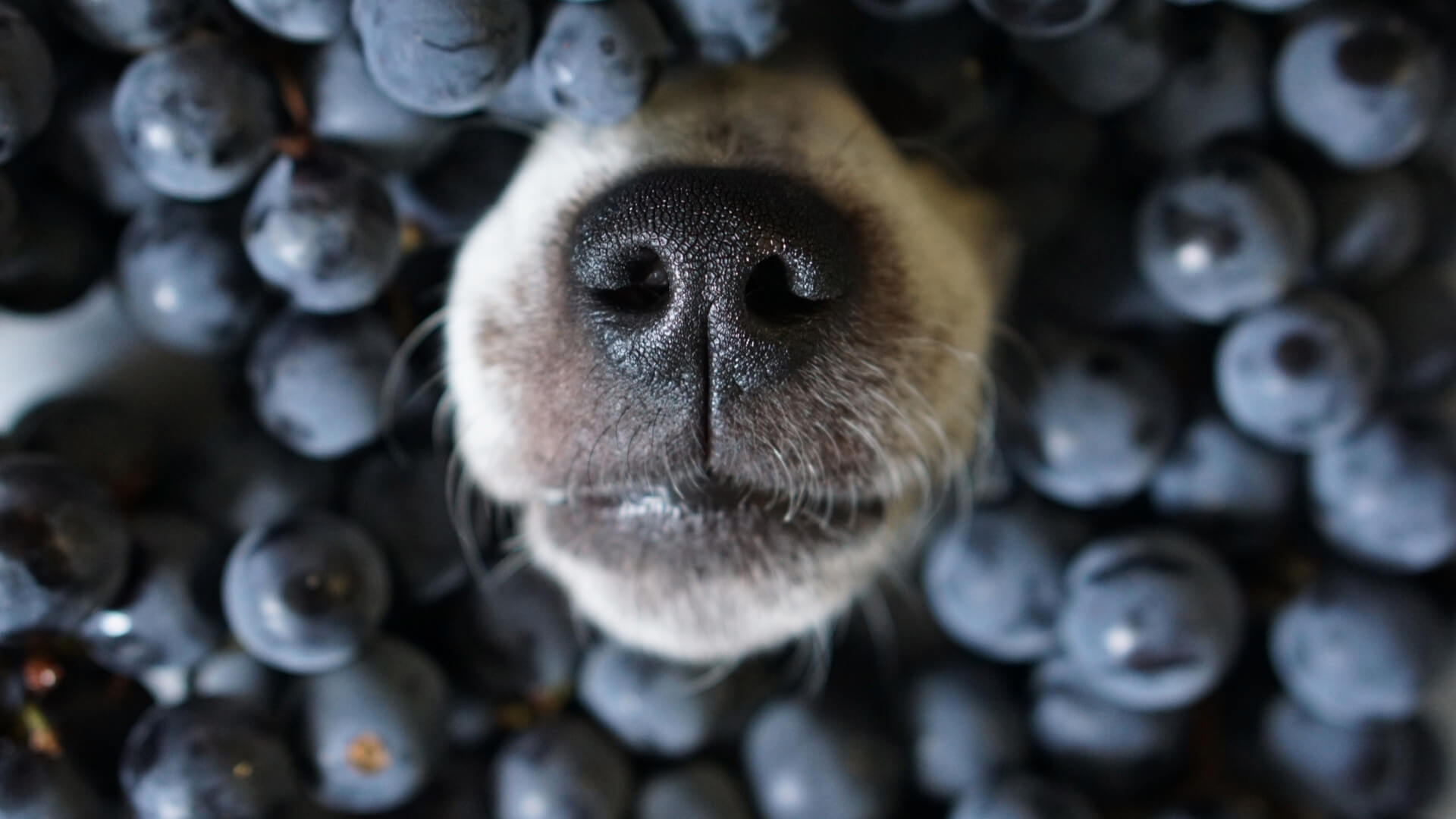The overlooked benefits of fruit in pet food

It is common knowledge that fruit should be an essential part of human nutrition, but does the same rule apply to pets’ diets?
While fruit is known for being tasty and rich in vitamins and minerals, its biggest value lies in its flavonoid compounds. Flavonoids are the most common group of plant polyphenols, and more than 5,000 different types have been described so far. Besides being responsible for much of the flavor and color in fruit, flavonoids support fruit growth and provide defense against negative environmental influences. Their benefits include potent antioxidant and free-radical scavenging properties.
Blueberries and cranberries
Blueberries and cranberries are thought to offer potential health benefits through their resveratrol component. Researchers believe that blueberry flavonoids can aid the repair of damaged DNA and help to preserve and repair cell membranes. Blueberries have been proven to elevate antioxidant status in sled dogs.
Fruit fiber and pomace
The benefit of fruit fiber and pomace (the solid remains of fruit after processing into juice or puree) is often overlooked. Fruit fiber generally contains more pectin and hemicellulose than cellulose, meaning it provides a more balanced ratio of soluble to insoluble fiber, which is important for hindgut health and microbiota fermentation. Additionally, fruit-based pomace has good water-binding properties. This has proven beneficial when high water content is required in food while achieving low water activity and firm texture.
Research gap
Although the use of fruit extracts and fruit fiber in animal nutrition is receiving more attention, there are still too few studies related to their potential to exhibit health benefits. Likewise, only a limited number of studies have showcased the potential positive effects of fruit fiber in promoting health and hindgut microbiota in pets. This is because naturally occurring compounds such as flavonoids are variable and hard to standardize, meaning that science can sometimes struggle to prove a certain mechanism of action or pathway.
Additionally, different flavonoids often act through synergistic effects, i.e. one flavonoid action complements the other. Moreover, the effect is often dose-dependent, and ‘more’ does not always equal ‘better’. In fact, high inclusion of a certain flavonoid compound may negatively influence nutrient digestibility.
Toxicity
Last but not least, it is important to bear in mind that some fruits are also known for antinutritional factors – such as cyanogenic glycosides – in animals. A good example is cyanide toxicity when it comes to fruit pits and kernels from the Prunus species: cherry, apricot, plum, peach and apple. While grape toxicity is also known to be detrimental in dogs, the direct cause of nephrotoxicity is yet to be determined.
